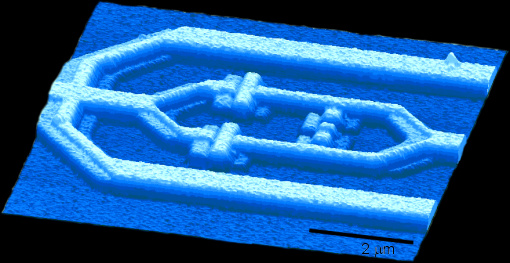Could dark matter be hiding in plain sight in existing experiments?
Ars Technica » Scientific Method 2013-12-05

Much of the search for dark matter—the invisible substance comprising 80 percent of all the mass in the cosmos—has focused on one type: weakly interacting massive particles (WIMPs). However, there's another strong contender: the axion, a very low-mass particle that could be numerous enough to play the part of dark matter. Axions were predicted in the 1970s because they provide a fix for a problem in particle physics, but they have yet to be seen experimentally.
Or so we've thought. Maybe they have been found, and we just didn't know what we were looking at. That's the premise of a provocative paper by Christian Beck. A certain anomaly that's been detected in superconducting experiments could be the result of axions passing through the apparatus. If this thesis is correct, then researchers have already detected axions with a tiny mass of about 0.11 millionths of an electron volt (meV), or about 2×10-10 times the mass of an electron.
Of course we must insert all the appropriate precautions and weasel words. This doesn't mean we've definitely detected axions; the superconducting effect could be caused by something else, which would say little about the existence or nonexistence of axions. However, the hypothesis has a major advantage: it's relatively easy to check, since superconducting experiments of this type are far easier to perform, and don't require the expensive, large-scale detectors that have been built to find WIMPs. Follow-up investigations using existing experimental setups could be able to distinguish between signals produced by axions and noise from other more mundane sources.
Read 10 remaining paragraphs | Comments




